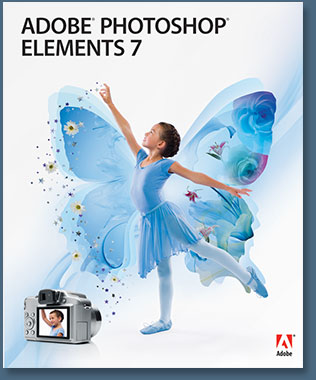
"Top 10 Things Teachers Should Know About Technology"
When I started this course in January, one of our assignments was to make a list of the top ten things teachers in your school (real or imagined) should know about technology?
- That technology changes, and sometime with upgrades comes a learning curve, and the LMS is there to support teachers, students, staff and administration.
- Use the marketing and Web 2.0 tools available to you to create a vibrant learning commons for your school.
- Use and incorporate technology (i.e. Web 2.0, SmartBoards, iPads, ereaders, laptops etc.) in the LMC or classroom.
- How to use basic software applications such as Word, PowerPoint, Email, and integrate the applications with each other. How to use pathfinders and incorporate them into their teaching/classroom. How to use blogs and wiki’s incorporating them into their teaching/classroom.
- Explain Web 2.0 and the features available.
- That there are subscription databases and free databases available to them and that they know how to use online research tools. Blog, post on the school website or send out an e-mail reminder from time to time about what’s out there for use.
- Using an RSS feed, email or post on the school blog a “Technology Tip of the Day” or “How to of the Day” or anything that would be appropriate.
- Informally interview the teachers during the school year and ask them what their needs are, get copies of their lesson plans and keep them on-line. When you find something of interest show them or show them the latest technology advances available to them n their subject matter.
- Create a training schedule of classes you can offer that provide teachers with PDP’s so they know what technology and training is available to them through their LMC. Offer to run a class at staff meetings, especially if you have breakouts during the staff meetings
- Know how to back-up their work (frequently) and have backup plans ready if their technology fails.

Valuables ~ Least & Most
- I loved this class, and would highly recommend it to anyone interested in exploring and expanding their technology background.
- The most valuable part of this class was learning about Web 2.0! There's still so much to explore and learn about ~ now that I have "the Web 2.0 bug."
- The least valuable parts for me were weeks 12 & 13 and that's only because I'd taken a cataloging and classification class.
- If possible I'd try to split week 5, that was a killer but also a very interesting week.
- The only other critique would be to cross check the assignments on the module doc and the weekly doc, a few times they were out of sync and I always had to double check both documents and once and awhile I missed something only to go back and add it. My personal preference is a checklist type of sheet with check boxes.
- I had a feeling this was going to be a very good and practical class - it was. It was probably one of my most favorite library classes of all time!
Thank you for a great learning experience, I truly enjoyed this class!








